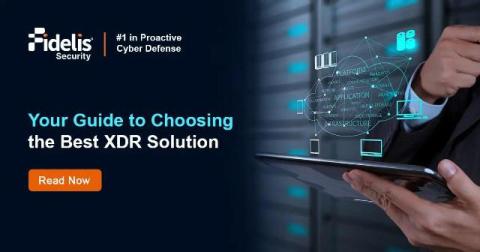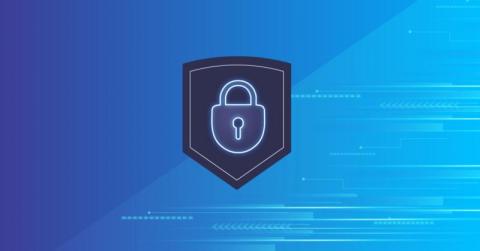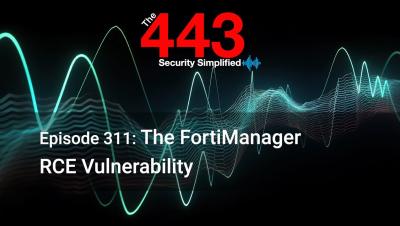5 things to look for When choosing an XDR Solution
With the rise of data breaches and hacking attempts, a strong cybersecurity posture is the most significant need today. Given the scale of cybercrime growth, you need to carefully consider several key factors that will ultimately impact the cybersecurity solution you pick. Businesses have realized the value of their data; now they must invest in tools to easily detect and respond to security issues.











